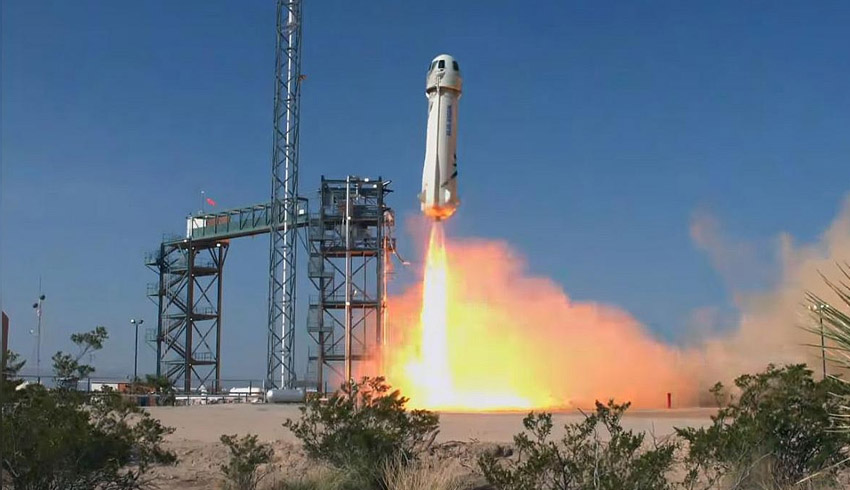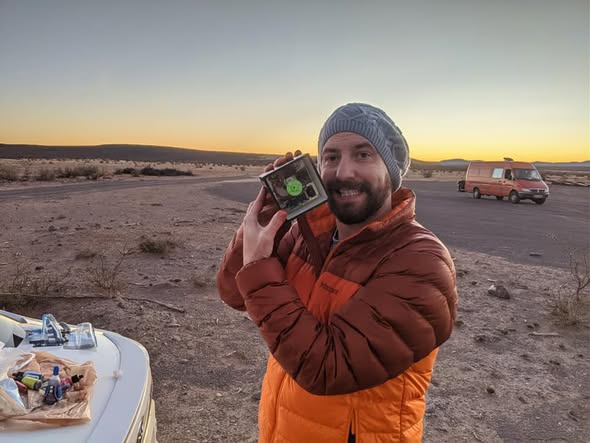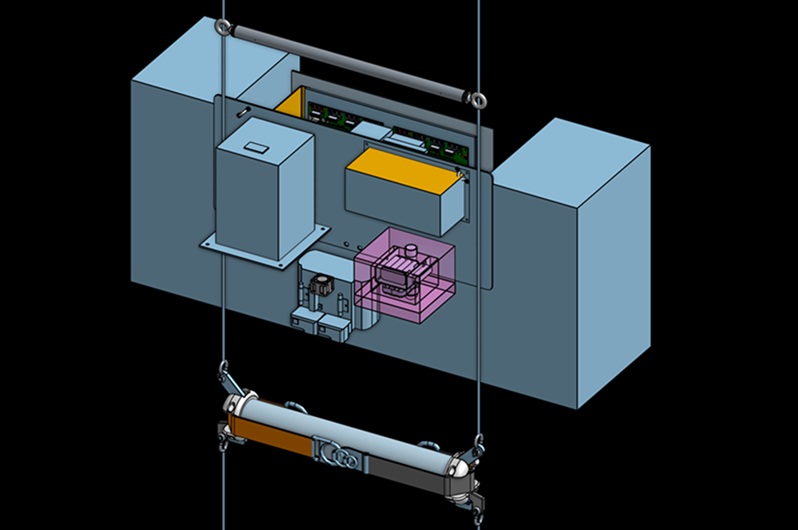Aerospace Payload Projects
Overview
In partnership with Higher Orbits, I transformed winning student experiment concepts into flight-ready aerospace payloads that met rigorous industry standards. Working from student designs, I engineered, built, and integrated payloads for actual rocket and high-altitude missions—bridging student creativity with professional aerospace engineering practice.
Each project began with a student’s imaginative concept submitted through Higher Orbits competitions. I translated these ideas into functional payloads—designing mechanical systems, power and telemetry architectures, and flight enclosures that met each provider’s requirements for mass, safety, and reliability. The resulting payloads were not just prototypes but fully qualified for launch aboard commercial and educational flight vehicles.
Highlighted Missions
Blue Origin — New Shepard NS-12


Sugar House Rocket Payloads


Neptune One High-Altitude Mission


Impact
These missions exemplify the fusion of education, engineering, and creativity—where student imagination met real aerospace execution. By turning student concepts into launch-qualified hardware, I demonstrated how authentic, mentorship-driven collaboration can transform classroom innovation into genuine contributions to space exploration.